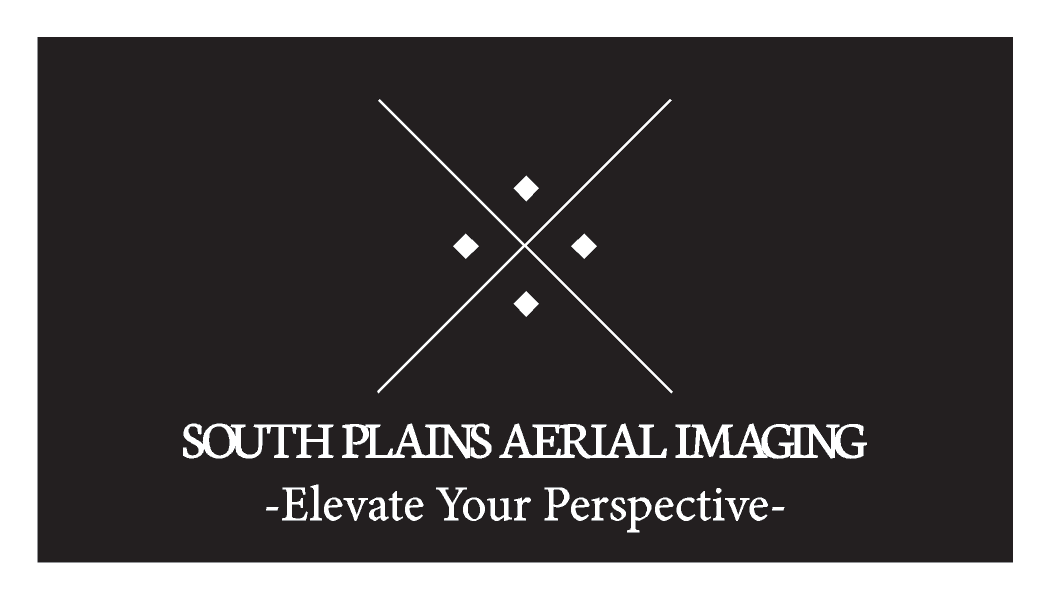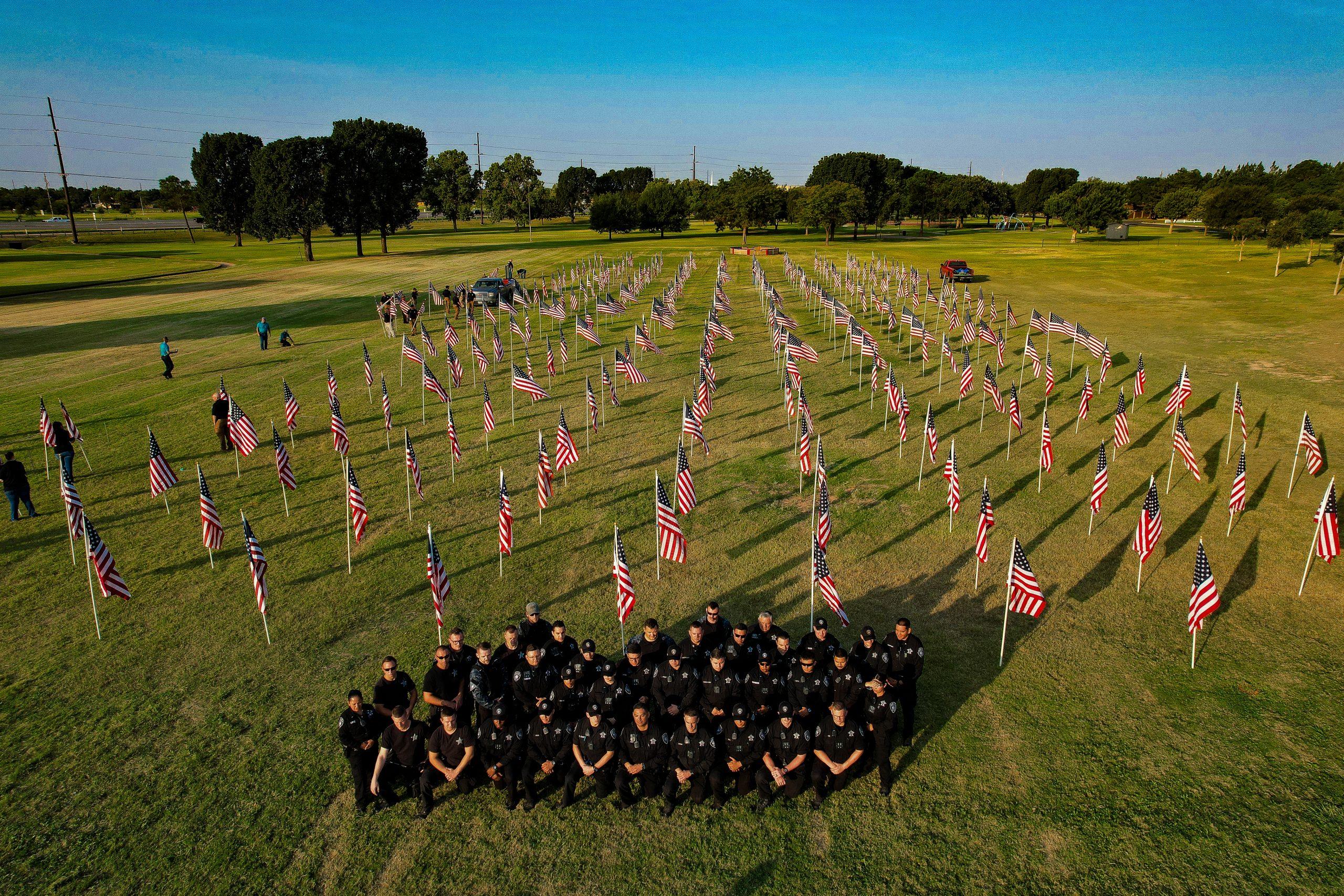“Hello, 911, there’s a drone flying next to my house, invading my privacy, and I want the pilot arrested.”
Calls like this have become more frequent across the United States, coinciding with the rising number of drone flight operations each year. These numbers continue to increase as small businesses, large corporations, various industries, and government agencies utilize drones for a range of applications. Most of the unmanned aircraft currently operating in our airspace deliver vital services that enhance and sustain the local, state, and national economies.
As a result, drone flight operations have become more evident in our neighborhoods, businesses, construction sites, news reporting, and search and rescue missions. With an expanding presence of drone operations, a variety of opinions, emotions, and concerns have been expressed among the general public. One frequently mentioned concern with drone operations centers on the potential invasion of privacy. While any technology could be leveraged for illicit purposes, here we aim to remove speculation about drone operations and provide guidance to the general public when concerns may arise.
Understanding Airspace: Airspace is akin to the network of streets that weave through our neighborhoods, cities, and across our nation—it is a shared resource accessible to the public. The airspace above our homes, businesses, farms, ranches, and property is not privately owned and cannot be privately regulated or restricted. The only governing authority for airspace in the United States is the Federal Aviation Administration. Even though airspace resides directly over the cities and states in which we live, it is not and cannot be regulated by local or state entities. Airspace is a federally regulated public access resource. Quite simply, this means any aircraft, including drones, may operate freely in public-use airspace above our homes, businesses, cities, and states, with few limitations.
The Rules: All aircraft, including drones, must adhere to aviation regulations when operating in controlled or uncontrolled airspace. Unmanned Aircraft, or Drones, are regulated under 14 CFR § 107. These regulations provide pilots with guidelines and limitations on daily flight operations. Within the United States, there are areas where drones may be unauthorized for flight, such as Restricted Airspace, Prohibited Airspace, operating near airports within the core of Class B or Class C Airspace, certain State or National Parks, near areas identified as Critical Infrastructure, and areas designated for National Defense. All pilots, whether manned or unmanned, are aware of these rules and should operate within the published limitations. All aircraft, regardless of their location, must be flown in a safe and responsible manner.
Considerations: The expectation of privacy is an important consideration when operating a drone for any purpose. Many members of the general public are unaware that a drone may legally hover over their house, business, or land. When a drone is observed flying in or around neighborhoods, some members of the general public immediately assume their privacy is being violated. The wide range of opinions, conversations, and documented confrontations shows this is a prevalent issue across the nation. Measures should be taken by commercial drone operators to be respectful when operating their aircraft. Unfortunately, even with the best preparation, confrontations and sometimes altercations happen between the public and drone operators. Some citizens have even attempted, and some succeeded, in destroying drones in flight. Regardless of how any citizen views a drone operation, destruction of an aircraft is a felony under 18 U.S. Code § 32. Subsequently, endangering the safety of an aircraft in flight, interfering with flight crew (meaning the drone pilot on the ground), impeding the operation of an aircraft, or interfering with the air navigation of an aircraft, is punishable under the same U.S. Code. If any member of the public suspects a drone is being used in the commission of a crime, it would be best to contact law enforcement and let the authorities determine the nature of the operation. The general public will and should have an expectation of privacy, and local authorities will enforce that expectation if a citizen’s rights are being violated.
Best Practices: In all operations, commercial drone pilots and drone companies can help reduce confrontations by being overtly visible. Company uniforms with logos and readily identifiable markings help give legitimacy to the drone operation. Pilots may photocopy their FAA License and wear it outside the uniform to project a professional appearance. If flight operations occur in a residential area, informing neighbors in the vicinity could help reduce or eliminate uncomfortable conversations or potential confrontations. Utilizing a high-visibility landing pad, contained within a coned-off safety area, can help keep the public at ease and project professionalism for yourself or your company. In commercial drone operations, being seen is key. When a pilot is easily visible, it is generally perceived that there is a legitimate reason for the flight.
Guidelines for All: Respectful contact is the key for commercial drone pilots and the general public to engage with each other. Pilots should be mindful of the public and take reasonable measures to make the public aware of flight operations. Citizens have the right to inquire about drone operations, and friendly and respectful contact should be encouraged. Citizens should keep in mind that drone pilots must keep their aircraft visible at all times while in flight according to 14 CFR § 107. The pilot in command may ask the citizen to wait until the aircraft has landed to continue the conversation. This is the pilot following federal law, not ignoring the citizen’s inquiry. Most pilots are more than willing to discuss operations with the public when it is done safely and respectfully. Being patient and engaging in informed communication can allow drone operations to enjoy continued growth while gaining respect from the public.

